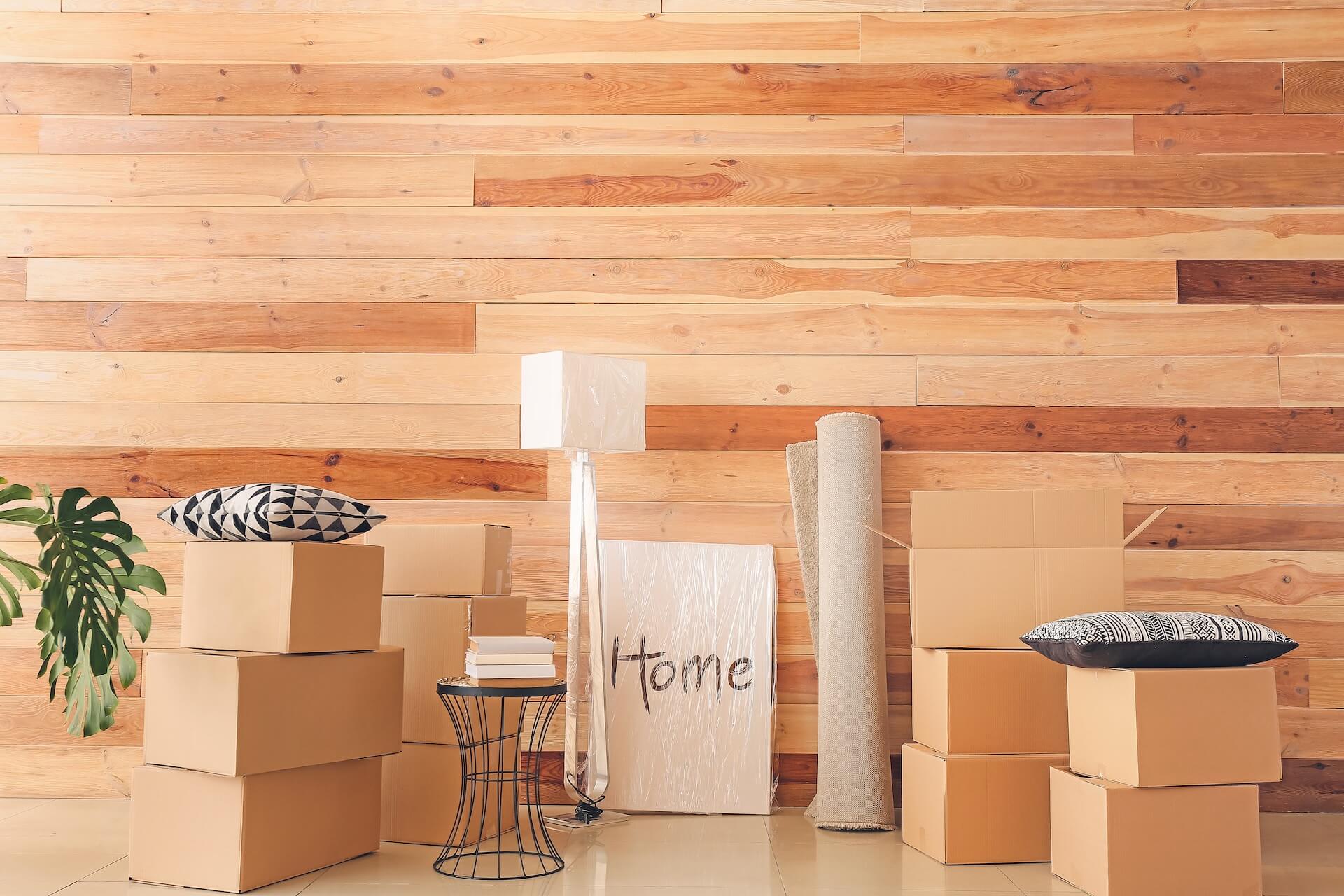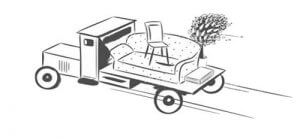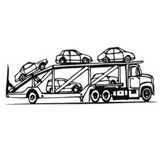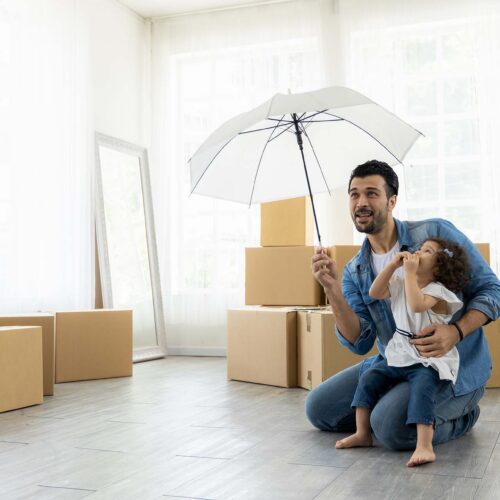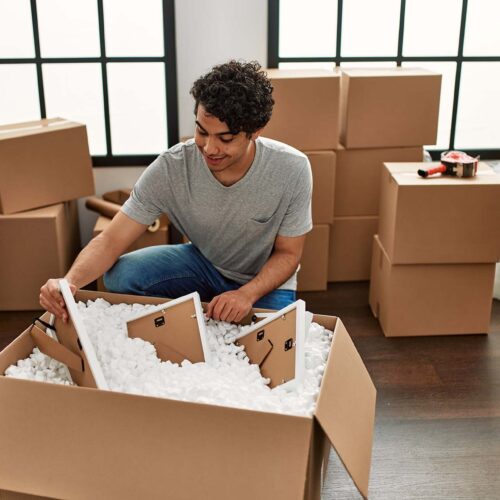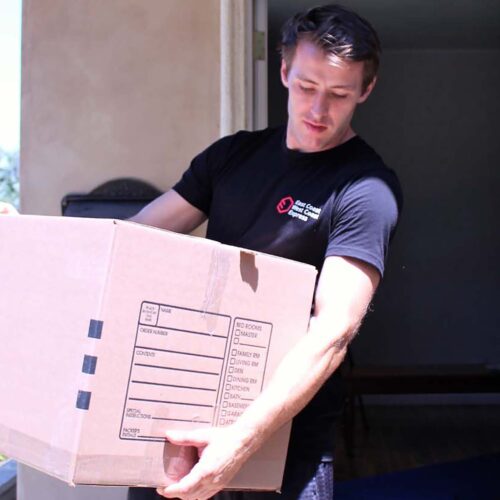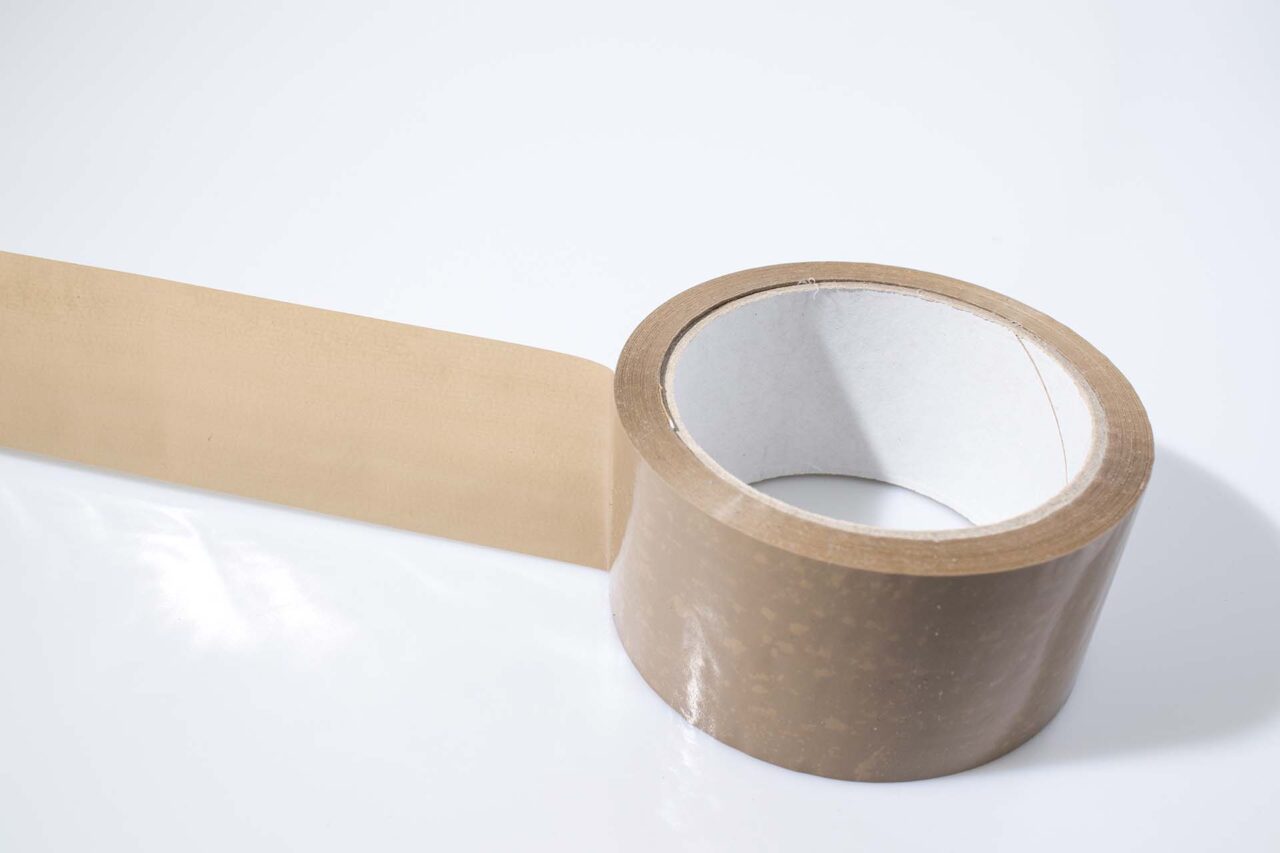

If there is one thing that you will need more than cardboard boxes, packing paper, and bubble wrap when starting the packing process, it’s packing tape. No matter what you are packing or which wrapping materials you plan to use, it will be impossible to seal the moving boxes or secure the wrapping without using packing tape. However, that sticky residue is very hard to remove without causing any damage to the items. To make sure that your things look their best, know how to remove tape residue efficiently and safely.
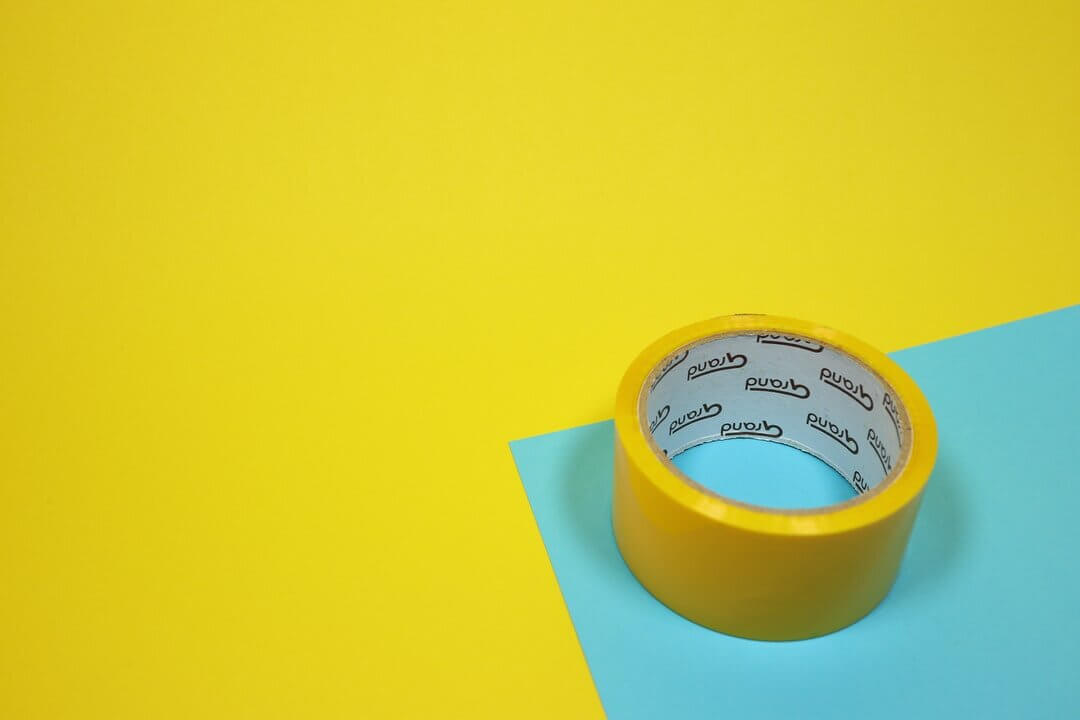 Packing tape is one of the most versatile packing supplies
Packing tape is one of the most versatile packing supplies
Remember, packing tape provides strong adhesion which prevents moving boxes from opening and stops items from losing their wrappings during the loading, shipping, and unloading process. This, however, becomes a problem when it is time to unpack your things. Removing tape residue after moving is not as easy as the adhesive leaves a sticky residue after it has been peeled off the tape. If left alone, the adhesive will attract dirt and might ruin the appearance of the item. We at East Coast West Coast Express want to provide tips on how to remove tape residue after moving.
How to Remove Tape Residue from Cardboard Boxes
You are likely to spend the first few days in the new house unpacking cardboard boxes and decorating the new home. It is faster and easier to just cut through the tape when unpacking the boxes. But, when the moving boxes have been emptied, you will need to decide what to do with them, which might be a problem:
- If you wish to recycle the moving boxes, all the packing tape will have to be removed first
- If you plan on using the boxes again, the packing tape will still need to be removed, but this time is done in such a way that causes as little damage to the box as possible.
Just ripping off the tape like a band-aid might damage the box. To remove the tape without damaging the box, you have to pull the packing tape off of the moving box carefully. The following methods can help remove tape residue:
- Use a box cutter to cut through the tape. Remove the bits that can be easily removed, then carefully slide a sharp knife under the tape that is still stuck to the box and gently push it until you can lift the tape from the box. When this happens carefully peel off the tape
- Dip a cotton swab in nail polish remover or alcohol and use it to wet the tape a bit. This will loosen the adhesive will loosen allowing the tape to be removed gently
- Set a hairdryer on medium heat and use it to heat the tape. Remember to keep it at around twelve inches from the tape. The heat will soften the adhesive enough to allow the adhesive to be removed without damaging the box. Your cardboard boxes will be free of adhesive and ready for use again.
How to Remove Tape Residue From Wooden Furniture
When packing pieces of furniture, use moving blankets to wrap them and then use packing tape to keep the blankets in place. Make sure that the tape is not attached directly onto the wooden surface. If done carefully, you will not have to worry about removing tape residue from the wood furniture.
Unfortunately, most of the time some packing tape is accidentally taped to the furniture. When this happens, you will need to remove the adhesive from your wooden furniture without damaging the finish. Simply ripping the tape off or using strong solvents to remove the tape can damage the furniture. To remove tape residue from wooden furniture, you will have to do the following.
Begin by Using a Hairdryer to Heat the Tape
Use a hairdryer to warm up the tape and the area around it. It is essential that you warm and removes all of the adhesives simultaneously. Do not let the adhesive cool; it will harden and will be harder to remove. As heat is applied to the surface of the furniture gently remove the tape residue with a putty knife. Keep the blade nearly parallel with the surface of the furniture, so it does not get damaged
Apply Solvents To Remove Tape Residue
A few drops of a household oil like olive, lemon, or mineral oil onto a terry cloth or similar rag, and rub off the adhesive. Wait for a few minutes and then use a dry rag to wipe the area. If there is still a bit of adhesive residue, repeat the process. Use soapy water to wash away any remaining oil, then use a cloth to wipe the area dry.
Use Vinegar For an Easy Peel Off
Another useful method is to cover the packing tape with a paper towel that has been soaked in white vinegar. Leave it covered for five minutes, then remove the paper towel, and see if you can remove the tape, it should peel off easily. Use the same paper towel to rub the wood surface to remove any leftover residue. Finally, wash that part of the furniture using soapy water and wipe it dry.
Auto Transport
East Coast West Coast Express ships all kinds of vehicles, regardless of their shape, size, price, or weight. From scooters to trucks, if you need it shipped, we can do it.
Read MoreHow to Remove Tape Residue from Upholstered Furniture
If you have to remove tape residue from upholstered furniture, do not use oil-based products because they can leave stains in the fabric:
- If the adhesive is soft and sticky, use baking soda and water to make a paste. Spread the paste over the adhesive, and leave it to dry. The tape residue should come off when you brush off the dried paste.
- If the tape residue is hard, use alcohol to dab at it and then scrape it off with a putty knife.
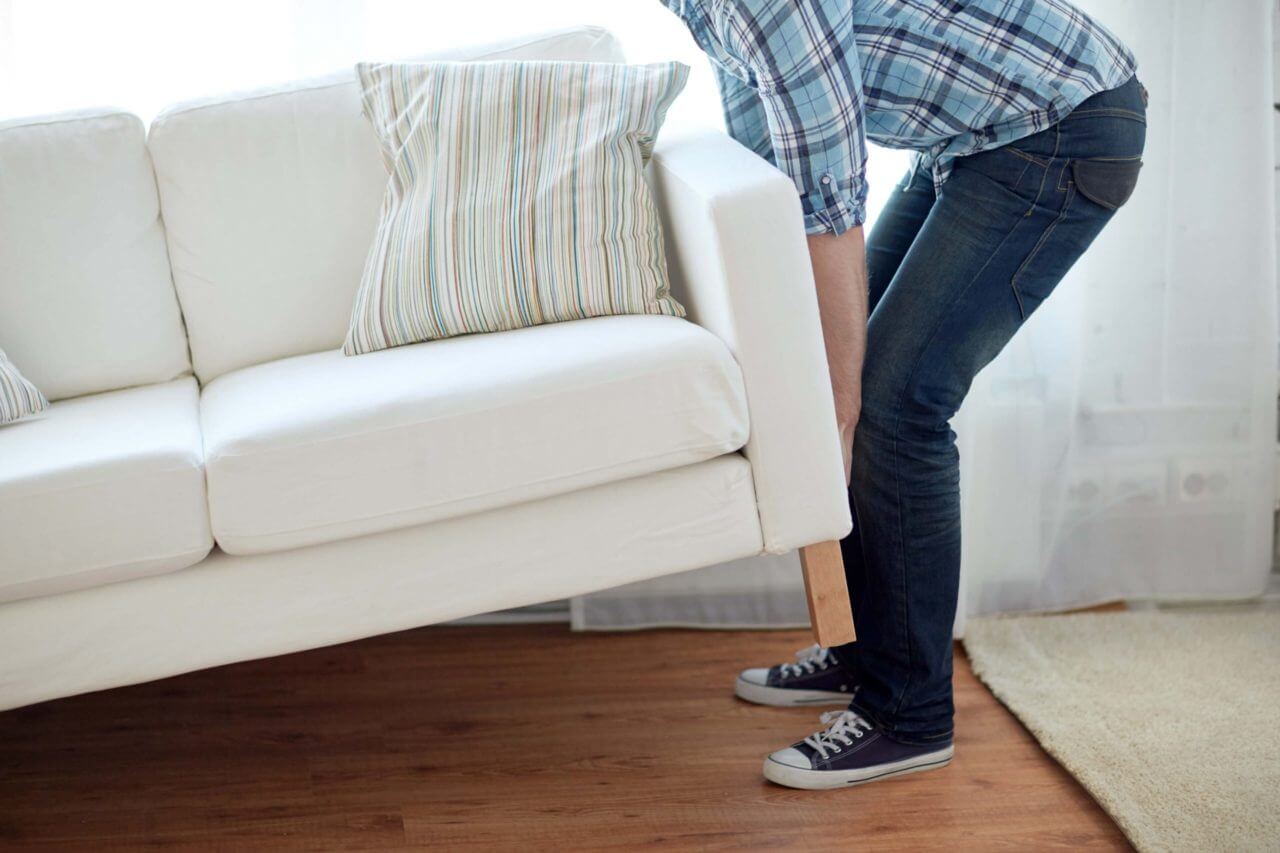 There is a way to clean up your furniture
There is a way to clean up your furniture
How to Remove Tape Residue from Hard Surfaces like Ceramics and Glass
It is easier to remove tape residue from metal, glass, plastic, or other similar materials as the adhesive does not seep into the surface. Warm water will reliably soften the adhesive, allowing the tape to be removed easily:
- Use a sponge or microfiber cloth to wet the surface, wait for a few minutes, then carefully peel off the tape with a putty knife or similar item. Begin peeling at the corner of the tape, slide the knife under the edge gently and peel off the tape.
- If the tape is not coming off, add a few drops of dishwashing liquid or hand soap or warm dishwashing liquid to the water and repeat the process
- To remove tape residue that may be left over, soak a sponge or rag in warm, soapy water, and apply it to the area. Leave it to soak for fifteen minutes, then scrub away the adhesive using small, back-and-forth strokes. When you are done use a dry cloth to wipe the surface.
- For stubborn traces of residue, use nail polish remover or rubbing alcohol to remove the tape residue completely. When done, wipe the area clean using a damp cotton towel and leave it to dry.
 Here are a few more helpful tips that can help you to remove tape residue while unpacking:
Here are a few more helpful tips that can help you to remove tape residue while unpacking:
Some Extra Tips for Removing Tape Residue
Here are a few more helpful tips that can help you to remove tape residue while unpacking:
- Use a homemade adhesive remover – You can remove adhesive residue with homemade adhesive removers. To make homemade adhesive removers make a paste by mixing household oil with baking soda. Spread the paste over the area then scrub away the adhesive residue. When it’s gone, rinse the area using warm water. The oil will break down the adhesive, while the baking soda is a mild abrasive, making it easier to remove the tape residue from any surface that isn’t damaged by moisture or oil.
- Remove tape residue with tape – If the residue is dry and sticky, use duct tape to remove it. Wrap some duct tape around your hand, sticky part out, and press it onto the adhesive that you wish to remove. Roll the hand over the residue, and it will stick to the duct tape and come off. This will not work if you have tried to remove the adhesive using a solvent or oil.
- Use a commercial adhesive remover – Solvents can easily remove tape residue from most surfaces as they neutralize or dissolve the adhesive. These chemicals, however, can damage delicate surfaces and are dangerous if inhaled.
With All the Right Information the Move Will be Easy
If you are looking for a professional moving company to help with the move, then look no further. Our East Coast West Coast Express moving services can help to move to the new home quickly and easily. Contact our East Coast West Coast Express customer service representatives who will answer any questions about the move and help to plan out the move. So call today and let us help get to your new home.


